With the wide variety of exciting Outdoor Education trips available at Poly, it’s always hard to decide which trip to go on. Last year, after much consideration, I put the Santa Barbara trip down as my first choice. Why? I was drawn to the location, I wanted to go on a trip with a base-camp, and I was interested in the opportunity to volunteer.
I truly enjoyed my time on the trip. We cleaned up a beach, planted native plants, collected seeds for a restoration project, and helped monitor the water quality of the Santa Barbara Channel to see if the conditions were healthy for its animal and plant life. For each of these activities, we always learned about what we were doing and why it was important. Even when we weren’t volunteering, such as when we went to the Channel Islands to hike and snorkel, we still learned about the environment — in that case, a restoration project on the island.
Alumnae Molly Hill and Siara Edwards, from the class of 2021, established Poly’s first service trip in 2018. Director of Outdoor Education Laura Marion supported the initiative, as did Student Community Engagement Coordinator Renée Larios. This year, both the Santa Barbara and Morro Bay trips incorporated service elements.
“We want community engagement to be as integrated as possible into our students’ lives,” Larios said.
One of the main goals of Poly’s Outdoor Education program is to foster an appreciation of nature. The logical extension is to take that love for the natural world and harness it to help others. After all, nothing motivates one to protect the environment more than understanding the true value of what you’re protecting.
Junior Aliya Zhou, who went on the Santa Barbara trip, said, “I think the trip was valuable to provide opportunities to engage with communities and environments that we normally would not have access to. It’s also just a lot of fun to be working on community service with friends. We also motivated each other to work harder.”
Another benefit to service Outdoor Education trips is that they offer an opportunity for students to complete significant experiences early in the school year. The Santa Barbara trip counts as three significant experiences, and the Morro Bay trip counts as one. These trips allow students to obtain significant experiences well in advance of the deadline. Plus, by completing some of their significant experiences during Outdoor Education trips, students can engage more thoughtfully with the organizations since they aren’t busy with school and other commitments.
In the future, Poly should incorporate service into more trips. These trips don’t have to be entirely centered around service as the Santa Barbara one is; even just incorporating some service learning, such as a discussion of local conservation efforts, can help form meaningful connections between Poly’s community engagement and Outdoor Education programs.
Larios acknowledged that incorporating service is more feasible for some trips than others. “Where it is a natural fit for there to be a service component in an Outdoor Education trip, where there is meaning and education and an action that makes the world better — I’m 100% for it,” she expressed.
Underclassmen who are currently choosing trips for next year should strongly consider going on a trip that has a service element. Taking time for environmental education and action while immersed in the beauty of nature is truly impactful.



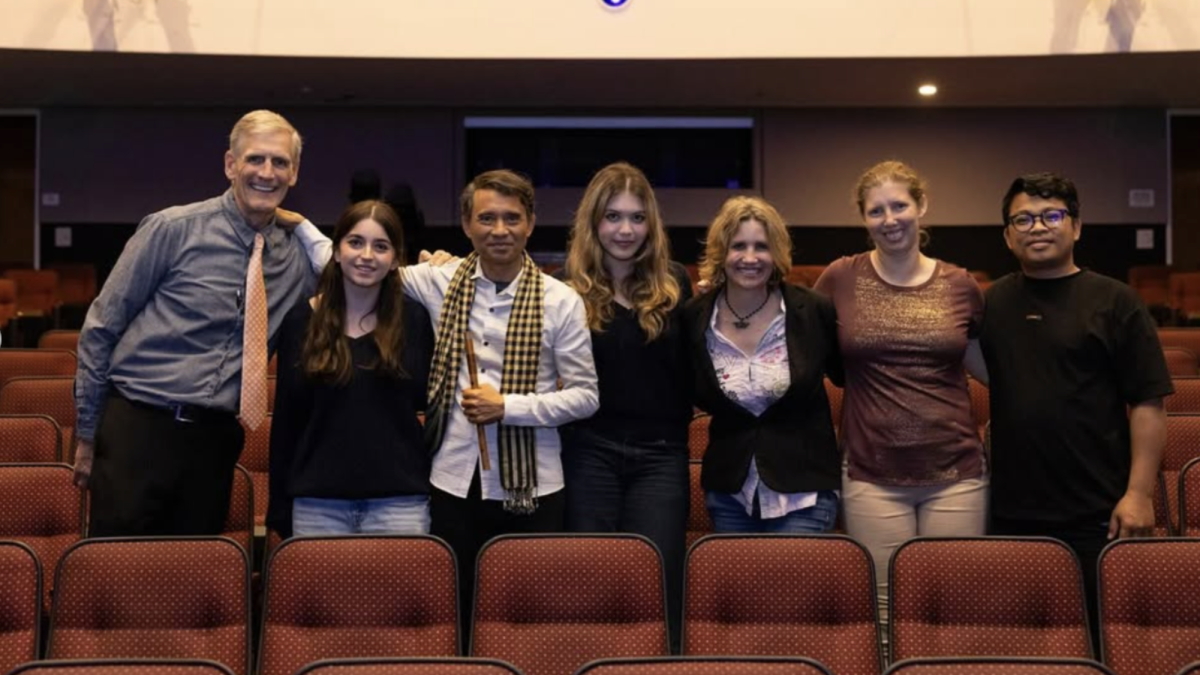
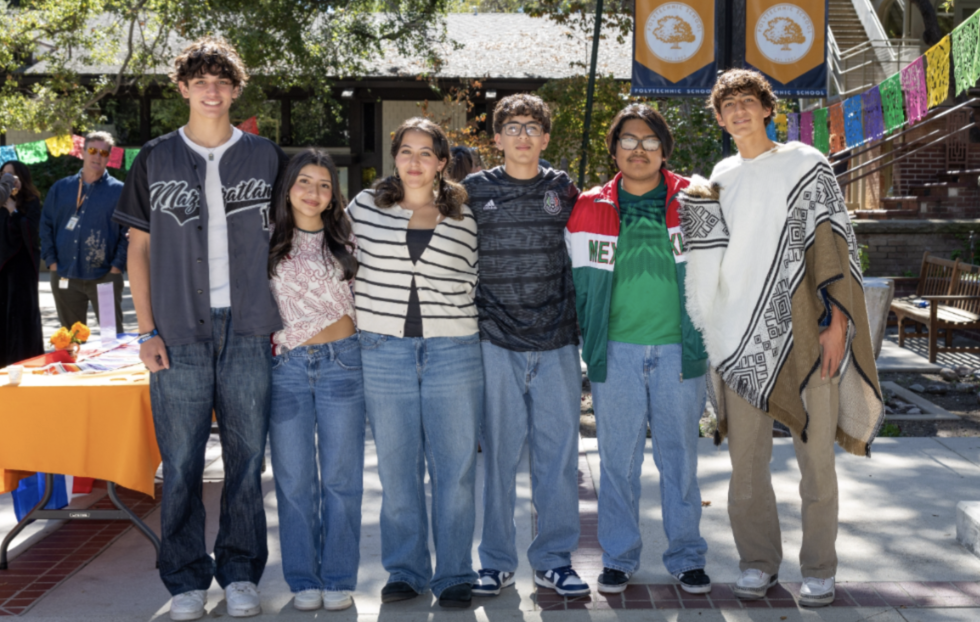
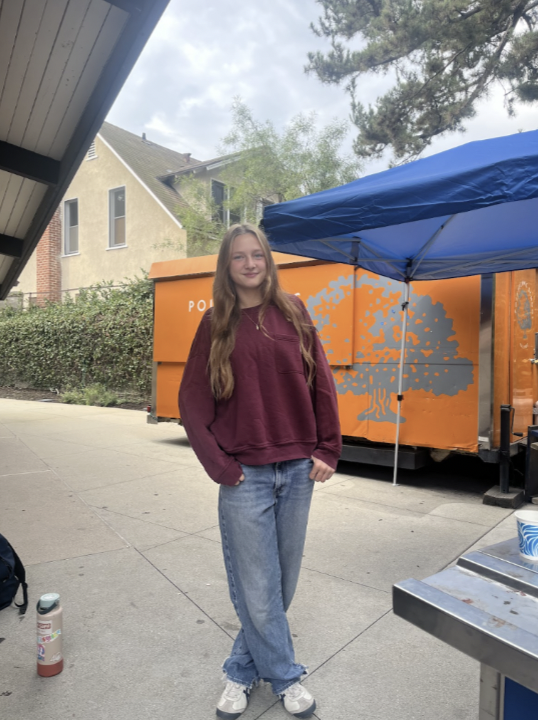
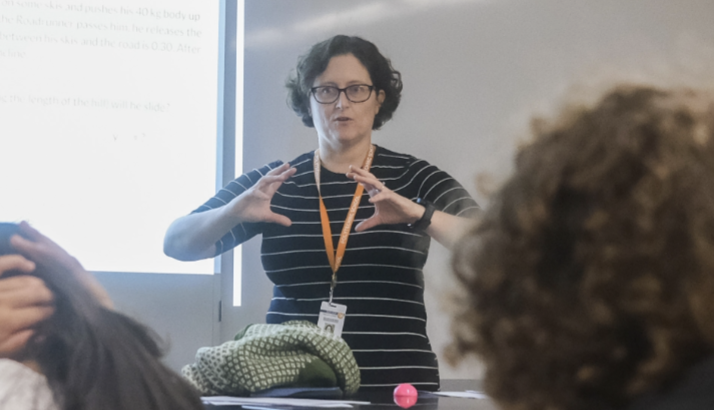








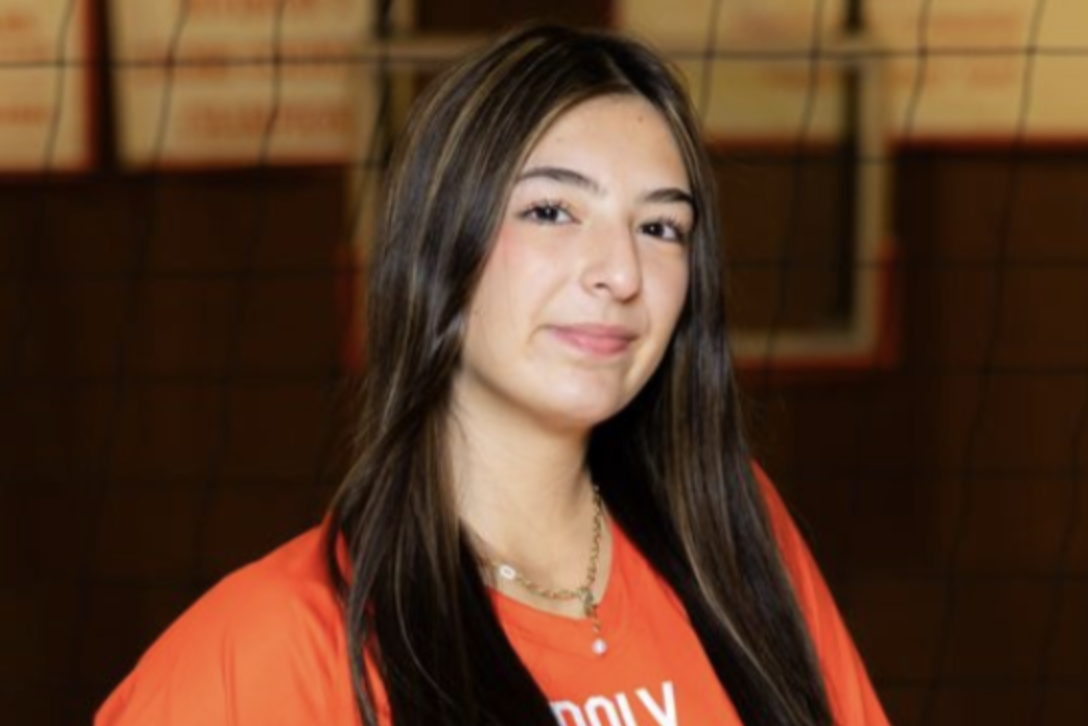

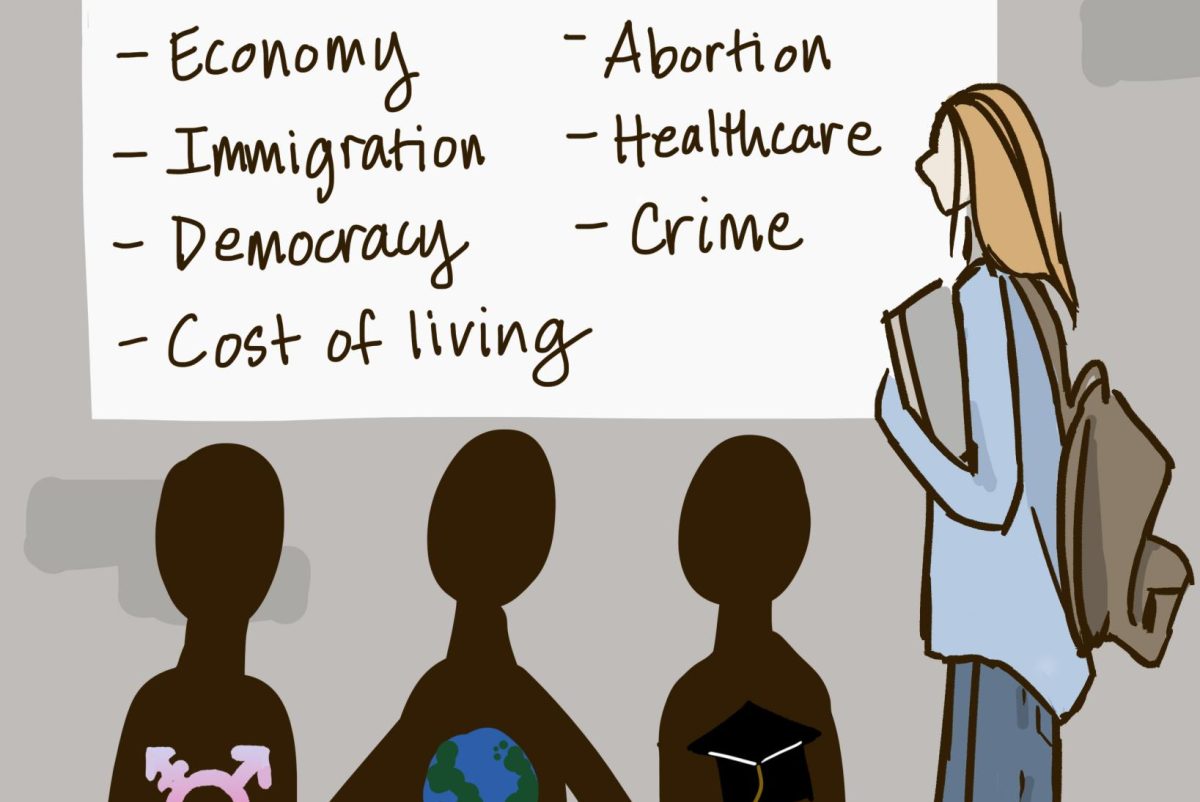

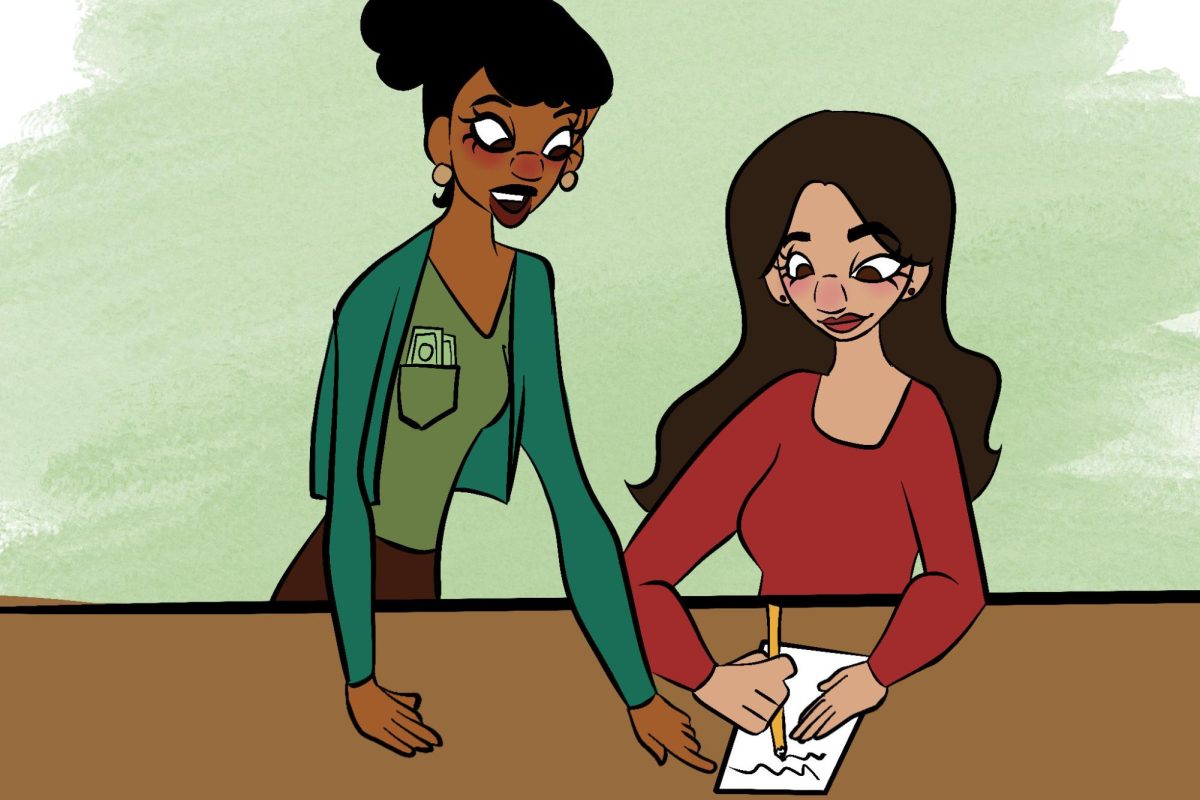
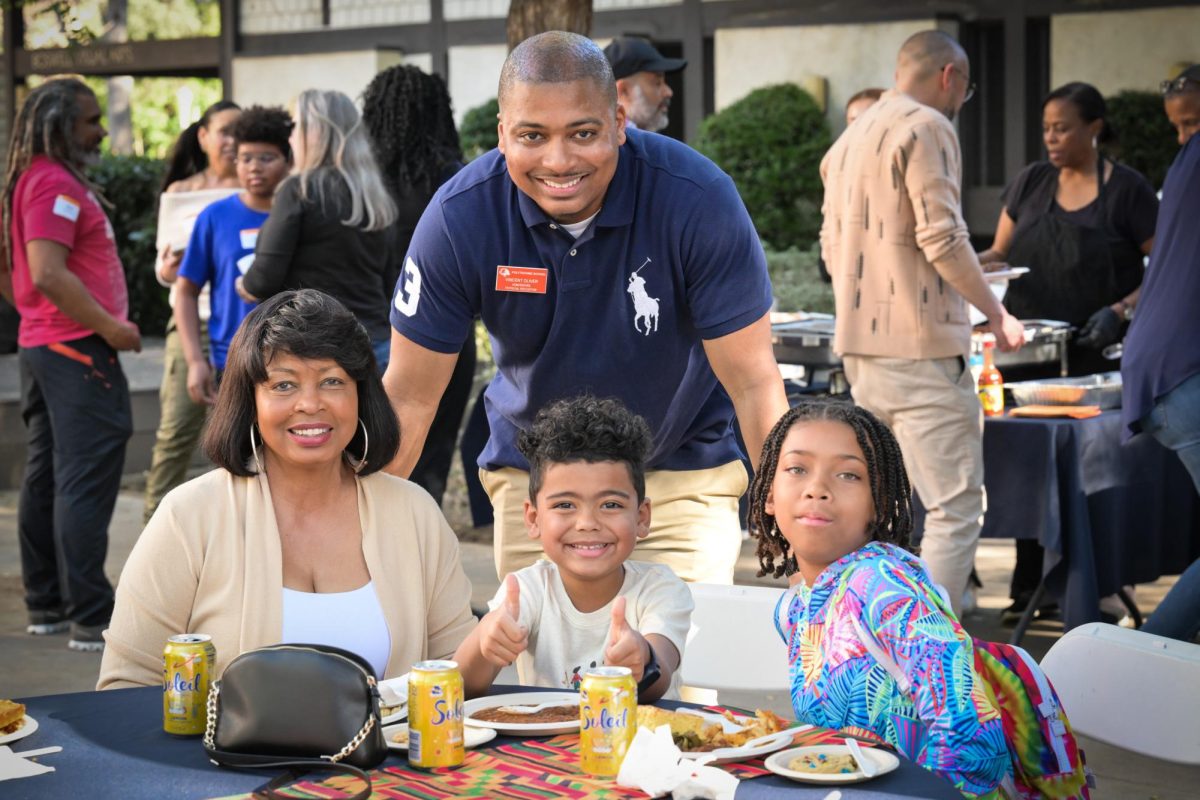




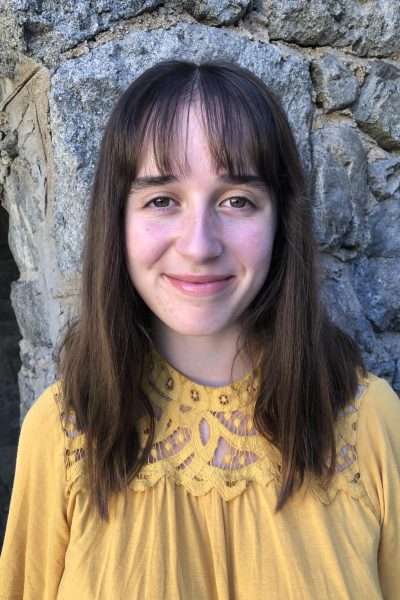
Teresa Jover • Apr 14, 2024 at 1:08 am
Well written article! I like that you chose this topic to write about. I feel strongly about students’ involvement in outdoor
programs/projects; thus cultivating in them a deeper relationship w/Nature, and nurturing their stewardship for the Earth!